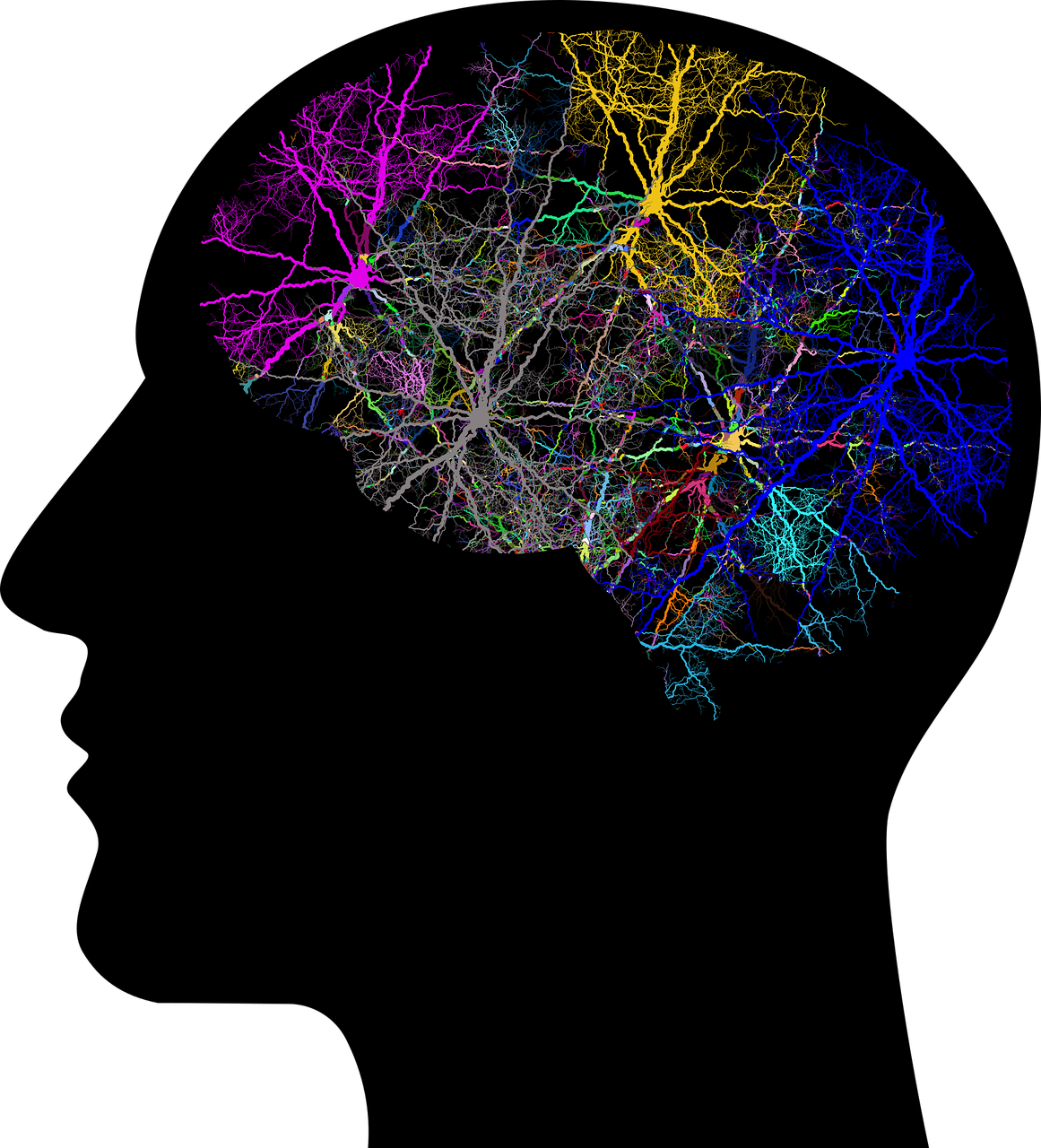Aaron S. Richmond, Ph. D.
How many of you use collaborative learning in your classroom? If you do, do you specifically use it to increase metacognition in your students? If the answer is yes, you are likely building on the work of Hadwin, Jarvela, and Miller (2011) and Schraw, Crippen, and Hartley (2006). For those of you unfamiliar with collaborative learning, I tend to agree with Slavich and Zimbardo’s (2012) definition, in collaborative learning students “…tackle problems and question with peers—especially more knowledgeable peers—insofar as such experiences provide students with opportunities to learn new problem-solving strategies and to debate ideas in a way that challenges their understanding of concepts” (p. 572). There are many ways to use collaborative learning in the classroom, jigsaw classroom, paired annotations, send-a-problem, think-pair-share, three-step interview, peer tutoring, number heads, etc. Of particular interest, recent research on collaborative learning suggests that reciprocal peer tutoring may be particularly useful when your goal is to not only learn course material, but to increase your student’s metacognition (De Backer, Van Keer, Moerkerke, & Valcke, 2016).
 In their innovative study, De Backer and colleagues (2016) investigated the effects of using reciprocal peer tutoring (RPT) to support and increase metacognitive regulation in higher education. De Backer and colleagues defined RPT as “the structured exchange of the tutor role among peers in groups/pairs…and enables each student to experience the specific benefits derived from providing and receiving academic guidance.” (p. 191) De Backer et al. had students, over a course of the semester, complete eight peer tutoring sessions. All students were trained to be a tutor, experienced being a tutor, and tutored their peers at least twice. Tutoring sessions were 120 minutes in length and occurred outside of class. The tutor’s role was to manage the tutees and promote collaborative learning. During each tutoring session, the tutees were asked to solve a problem related to the class content. Each problem had three specific components:
In their innovative study, De Backer and colleagues (2016) investigated the effects of using reciprocal peer tutoring (RPT) to support and increase metacognitive regulation in higher education. De Backer and colleagues defined RPT as “the structured exchange of the tutor role among peers in groups/pairs…and enables each student to experience the specific benefits derived from providing and receiving academic guidance.” (p. 191) De Backer et al. had students, over a course of the semester, complete eight peer tutoring sessions. All students were trained to be a tutor, experienced being a tutor, and tutored their peers at least twice. Tutoring sessions were 120 minutes in length and occurred outside of class. The tutor’s role was to manage the tutees and promote collaborative learning. During each tutoring session, the tutees were asked to solve a problem related to the class content. Each problem had three specific components:
(1) An outline of learning objectives to guide peers’ discussion to central course-related topics; (2) a subtask aimed at getting familiar with the theme-specific terminology; and (3) a subtask in which students were instructed to apply theoretical notions to realistic instructional cases. (De Backer et al., 2016, p. 193)
The problems presented, often did not have clear-cut answers and required considerable cognitive effort. De Backer et al. video recorded all the tutoring sessions and then scored each session on the amount and type of metacognitive regulation that occurred by both tutors and tutees. For example, they looked at the student’s ability to orient, plan, monitor, and evaluate. They also measured the level of processing (whether it was shallow or deep processing of metacognitive strategies). Appendix D of De Backer et al.’s article provided examples of how to code metacognitive data. See Table 1 for an example of the scoring (De Backer et al., 2016, p. 41). They then scored the frequency of metacognitive regulations that occurred per session.
Table 1. Examples of Lower and Deep Level Metacognitive Regulation in Reciprocal Peer Tutoring by De Backer et al. (2016, pp. 41-42) |
||
| Metacognition–Monitoring | ||
| Comprehension Monitoring | Noting lack of comprehension | T: “Does everyone understand the outlines of instructional behaviorism?” |
| t1: “I still don’t understand the concept of aptitude.” | ||
| Checking comprehension by repeating (LL) | T: “Does everyone agree now that instructional behaviorism and instructional constructivism are opposites?” | |
| t1: “I think (…) because in behaviorism the instructor decides on everything but constructivism is about learners being free to construct their own knowledge.: | ||
| t2: “Yes constructivist learners are much more independent and active, not so?” | ||
| Checking comprehension by elaborating (DL) | T: “The behavioristic instructor permanently provides feedback. Who knows why?” | |
| t1: “Is it not to make sure that learners don’t make mistakes?” | ||
| t2: “Could that also be the reason why they structure the learning materials extensively? And why they don’t like collaborative learning? Because collaborative learning requires
spontaneous discussions between students. You cannot really structure it in advance, not so?” |
||
| Note. DL = Deep learning, LL = low or shallow learning, T = tutor, t1 and t2 = tutees. | ||
De Backer and colleagues (2016) found that as the semester progressed, students engaged in more and more metacognitive regulatory processes. Specifically, their orientation increased, their monitoring increased and their evaluation increased (in general the frequency was 3 times greater at the end of the semester than at the beginning of the semester). However, planning stayed stagnant over the course of the semester. Specifically, the frequency of planning use continued to be low throughout the semester. Far more interesting was that students (over the course of the semester) decreased their use of shallow or low-level metacognitive strategies and increased their use of deep-level metacognitive strategies as result. Increases in metacognitive regulation occurred across most types of metacognitive strategies (e.g., regulation, orientation, activating prior knowledge, task analysis, monitoring, and evaluation).
As demonstrated by De Backer and colleagues study and the work of other researchers (e.g., King, 1997; De Backer, Van Keer, & Valcke, 2012), RPT and other collaborative learning instructional methods may be a useful in increasing metacognitive processes of students.
Concluding Thoughts and Questions for You
After reading De Backer et al. (2016), I was fascinated by the possible use of RPT in my own classroom. So, I started to think about how to implement it myself. Some questions arose that I thought you might help me with:
- How do I specifically scaffold the use of RPT in my classroom? More so, what does a successful RPT session resemble? Fortunately, De Backer and colleagues did provide an appendix to their study (Appendix C) that gives an example of what a tutoring session may look like.
- How many tutoring sessions is enough to increase the metacognition in my students? De Backer et al. had 8 sessions. This would be difficult for me to squeeze into my course planning. Would 3-4 be enough? What do you think? But then not all students could be a tutor. Do they get more (metacognitively) out of being a tutor vs. a tutee? This is something that De Backer and colleagues did not analyze. (Hint, hint all you folks—SoTL project in the making;)
- De Backer et al. briefly described that the tutors had a 10-page manual on how to be a tutor. Hmm…I don’t know if my students would be able to effectively learn from this. What other simple ways might we use to teach students how to be effective tutors in the context of RPT?
- Finally, are you do anything like De Backer et al.? And if so, do you think it is improving your student’s metacognitive regulation?
References
De Backer, L., Van Keer, H., Moerkerke, B., & Valcke, M. (2016). Examining evolutions in the adoption of metacognitive regulation in reciprocal peer tutoring groups. Metacognition and Learning, 11, 187-213. doi:10.1007/s11409-015-9141-7
De Backer, L., Van Keer, H., & Valcke, M. (2012). Exploring the potential impact of reciprocal peer tutoring on higher education students’ metacognitive knowledge and metacognitive regulation. Instructional Science, 40, 559–588.
Hadwin, A. F., Järvelä, S., & Miller, M. (2011). Self-regulated, co-regulated, and socially shared regulation of learning. In B. J. Zimmerman & D. H. Schunk (Eds.), Handbook of self-regulation of learning and performance (pp. 65–84). New York: Routledge.
King, A. (1997). Ask to think-tell why©: A model to transactive peer tutoring for scaffolding higher level complex learning. Educational Psychologist, 32, 221–235.
Schraw, G., Crippen, K. J., & Hartley, K. (2006). Promoting self-regulation in science education: metacognition as part of a broader perspective on learning. Research in Science Education, 36, 111–139.
Slavich, G. M., & Zimbardo, P. G. (2012). Transformational teaching: Theoretical underpinnings, basic principles, and core methods. Educational Psychology Review, 24, 569-608. doi:10.1007/s10648-012-9199-6



